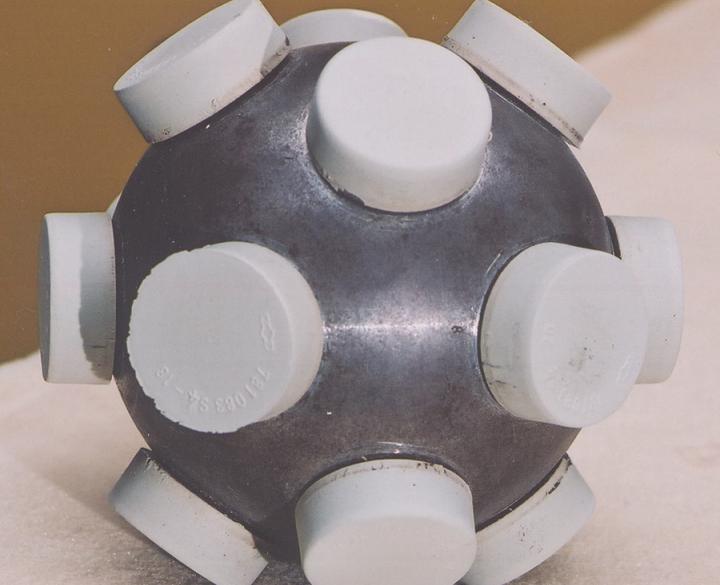The resulting change in appearance is rated on a numbered scale from 1 to 5 with 5 representing no change in appearance and 1 representing a severe change.
Hexapod carpet rating.
Most foot traffic tests are usually simulated using something called a hexapod test whereby a.
Afterward the carpet s finished appearance is graded using the carpet and rug institute s performance 1 to 5 scale in increments of 0 25.
In fact wear dated carpet is actually tested by having people walk on it the equivalent of 20 000 times to obtain realistic results.
A rating of 2 5 to 4 is rated to provide average durability.
Following is table 1 which is the appearance retention rating determination for commercial carpet.
A metal hexapod with six polyurethane studs rolls randomly on the pile surface inside the rotating drum for 12 000 revolutions.
For most areas of the home carpet pads should have a minimum density rating of 6 and be around 3 8 to 1 2inch thick but opt for a slightly thinner and more dense pad around 8 for high traffic areas like stairs and be sure to.
The oaf is a point score derived from the hexapod tumbler test the internationally used short term and long term carpet appearance retention test.
The hexapod test subjects carpet to a fixed number of impressions with an eight pound ball.
These carpets are recommended for heavy traffic locations including family rooms.
This is based on a 12 000 cycle hexapod exposure conditioning test.
The oaf is a weighted system and uses the hexapod scores to better predict.
The hexapod uses a smaller ball but more cylcles 4 000 residential and 12 000 commercial products while the vetterman with the larger ball testing cycles are 5 000 residential and 22 000 commercial carpet.
Commercial carpets shall have at least a.
Cri offers its technical bulletins testing methodology notifications and statements for use by residential and commercial consumers.
A rating of 4 0 is considered outstanding.

